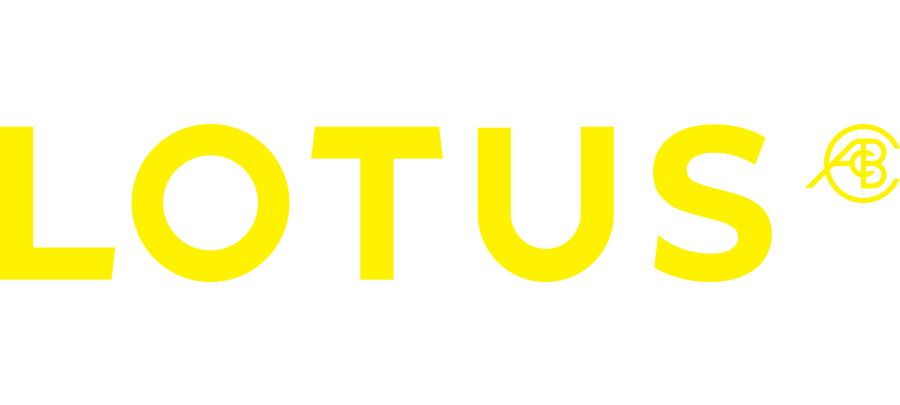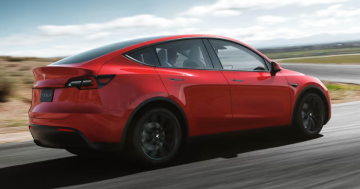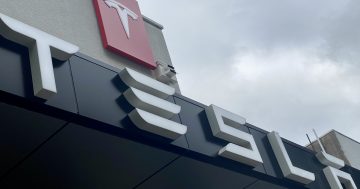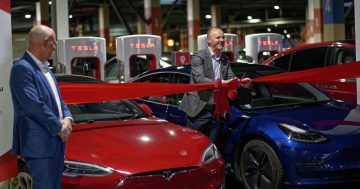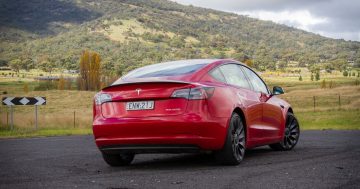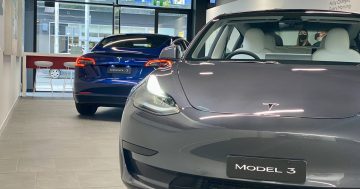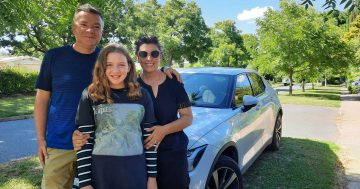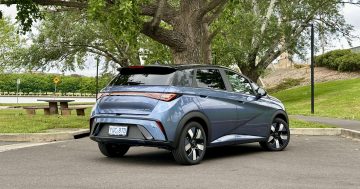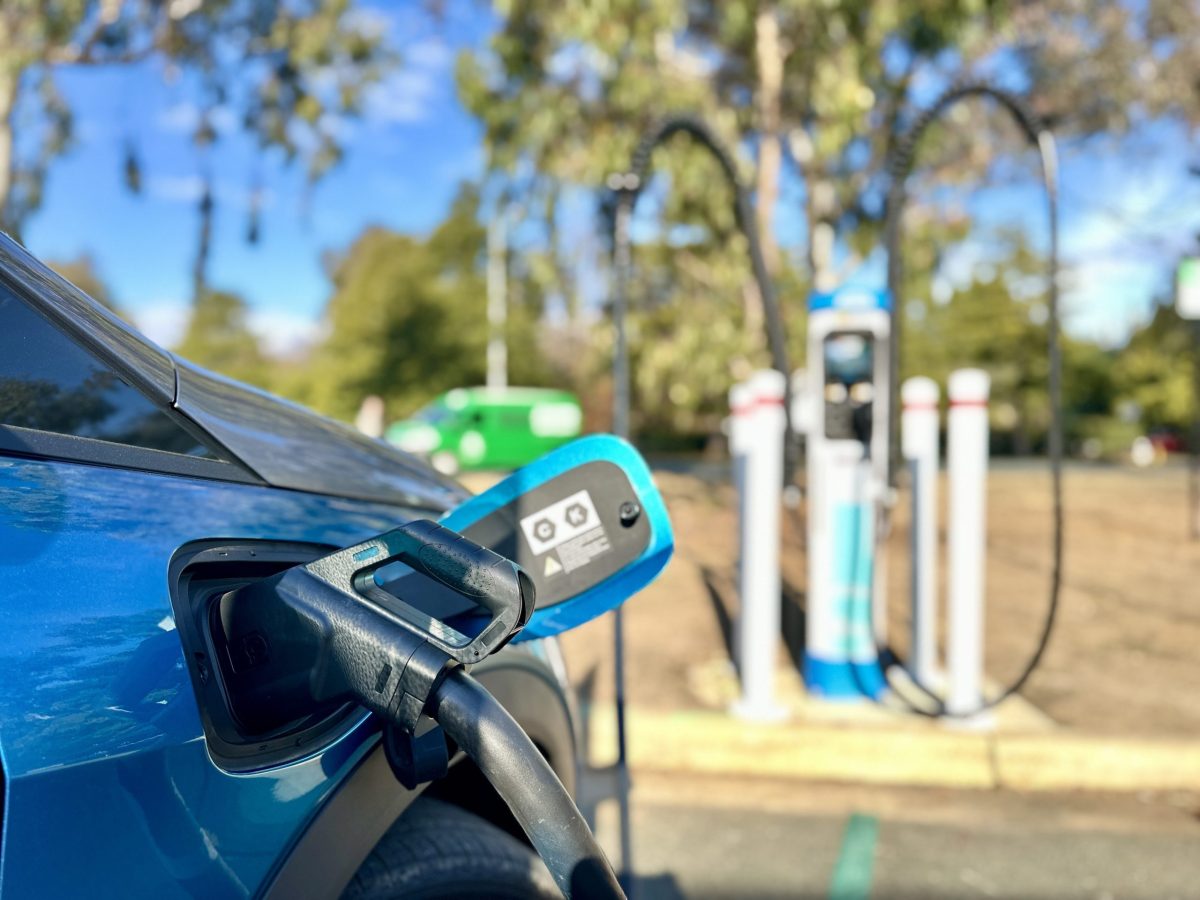
EV sales continue to rise globally, but more slowly, according to a new report out of the US. Photo: James Coleman.
Last year, it looked like Canberra was Tesla’s oyster (to butcher a Shakespeare quote).
When new car sales for 2023 were tallied, Tesla was the second most popular brand – behind Toyota – and its Model Y and Model 3 were the two best-selling cars.
The US-based EV manufacturer shifted 1802 cars in 2023, a massive leap from 752 in 2022.
But six months into 2024, it appears our love affair with the brand is cooling.
Tesla racked up 1162 sales between January and June last year, but new figures from the Federal Chamber of Automotive Industries (FCAI) over the same period this year show that this has slumped to 989.
Toyota remains top dog with 1551 new car sales, with Tesla now in second place and followed by Mazda at 724.
The Tesla Model Y has forgone the position of Canberra’s best-selling car to the Toyota RAV4, with more than 90 per cent of buyers choosing the hybrid version.
Canberra’s EV sales are still on the rise, up 14.9 per cent compared to the same period last year, but that’s largely to do with our up-and-coming new favourite brand.
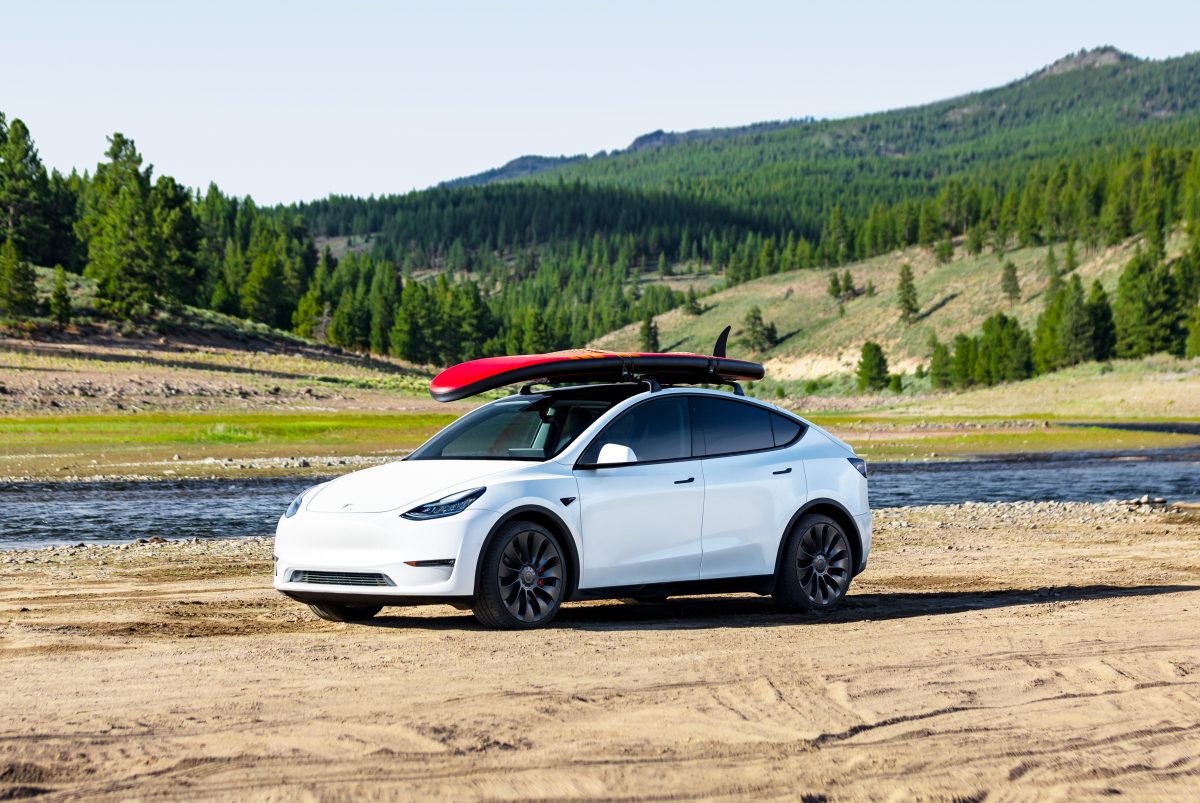
Things were looking up for the Model Y in Canberra last year. Not so much anymore. Photo: Tesla Australia.
Chinese EV maker BYD has enjoyed a 160 per cent explosion in sales compared to the 159 cars they sold between January and June 2023 last year.
Where it only had the Atto 3 SUV to start with, BYD added the Dolphin hatch and Seal sedan to its range this year.
These start from $36,890 and $49,888 (plus on-road costs), and even repeated attempts by Tesla to cut their prices and compete more closely with the Chinese brand don’t seem to have made much difference. The Model 3 currently retails from $54,900 and the Model Y from $55,900.
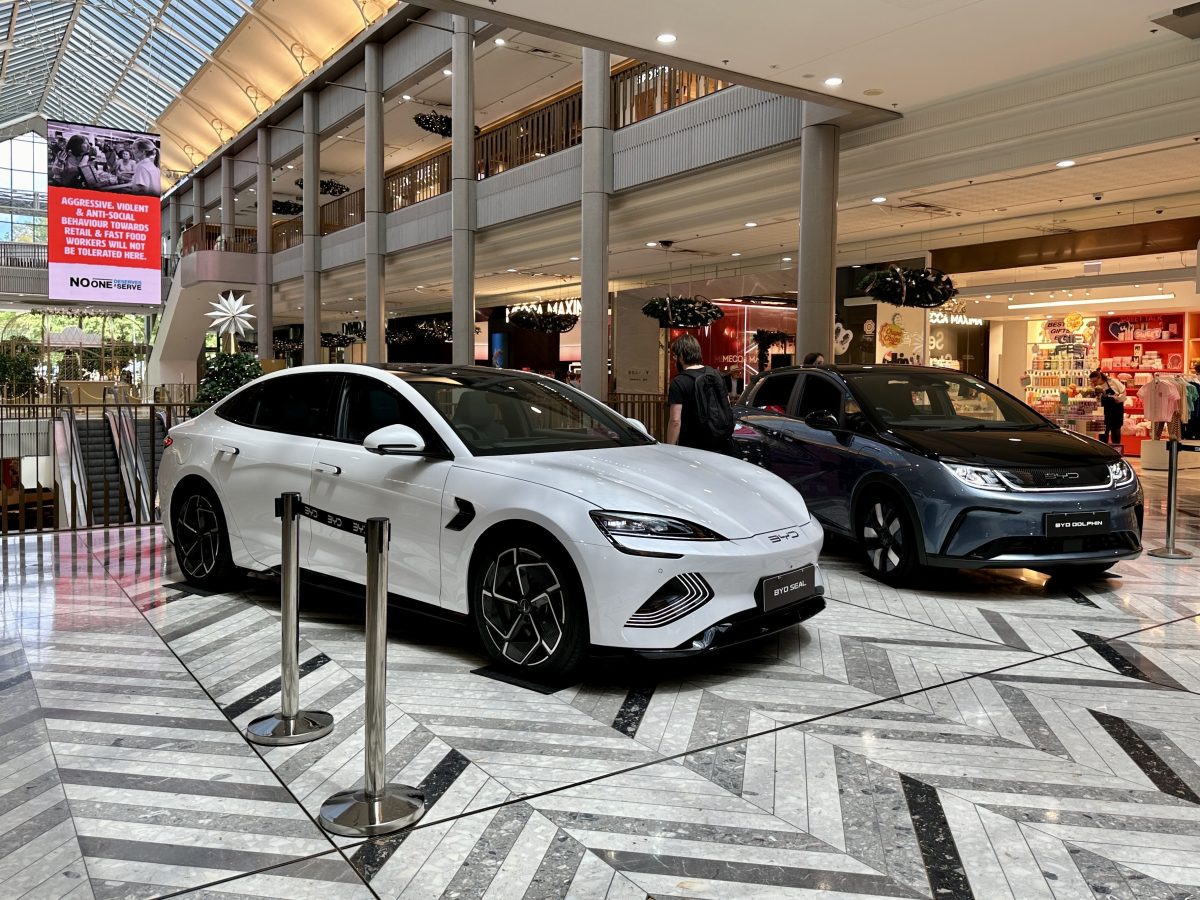
The BYD Seal and Dolphin has raked in sales so far this year. Photo: James Coleman.
Nationally, the Tesla Model Y remains the best-selling EV (12,516 sold since the beginning of the year), closely followed by the Model 3 (10,600).
BYD occupies third, fourth and sixth place with the Seal (4092), Atto 3 (3726) and Dolphin (1248). The MG4 takes fifth place with 2771 sold.
The EV market, on the whole, is up 16.5 per cent compared to the same period last year, but there are signs this is slowing too, with the first recorded downturns occurring in June (13.2 per cent down on June 2023’s figures) and April (5.1 per cent down).
As to what could be next for EVs, the experts are conflicted.
A recent report suggests up to 49 per cent of Australian EV owners would “likely” go back to a petrol, diesel or hybrid vehicle for their next purchase.
US-based consultancy firm McKinsey and Co surveyed 30,000 consumers across 15 countries, including the US, China, Germany, Norway, France, Italy, Japan, Brazil and Australia – which together make up 80 per cent of the world’s car market – and found a combined 29 per cent (8700) don’t want another EV.
Of this number, 35 per cent said the available infrastructure wasn’t good enough yet, while 34 per cent said ownership costs were too high.
Other reasons cited for not purchasing another EV included the inability to recharge at home (24%), range anxiety (21%), changing mobility requirements (16%) and a lack of driving enjoyment (13 per cent).
Australia was highlighted as having the highest number of EV sceptics who “don’t like to occupy themselves with new technology” (63 per cent).
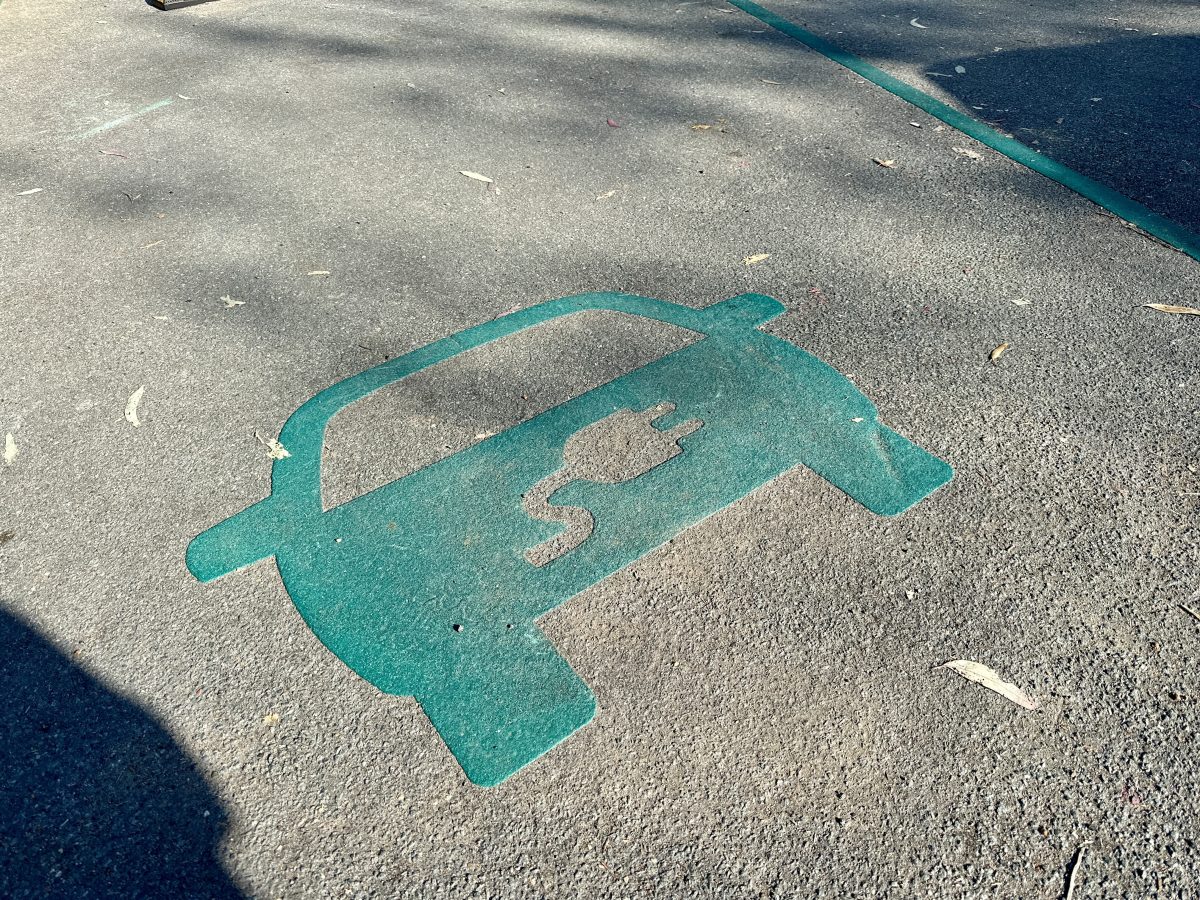
Lack of EV charging infrastructure is a major bugbear for current owners. Photo: James Coleman.
The report does point out “global purchase intent for electric vehicles continues to rise, however more slowly”. Up to 18 per cent of respondents are considering a battery EV (BEV) for their next car and 20 per cent a plug-in hybrid electric vehicle (PHEV).
But a similar number – 17 per cent – say they’ll buy one more new internal combustion vehicle (ICE) before considering a switch, while the largest group – 21 per cent – do not want to buy an EV at all, with nearly half of that number saying they are too expensive.
The Electric Vehicle Council (EVC) argues that the report’s findings clash with broader research, which shows that only one in 10 EV owners would go back to an ICE-powered car.
“The future is bright for Australia’s transition to electric cars as more Australians seek to save money and also help cut emissions,” CEO Samantha Johnson told Region.
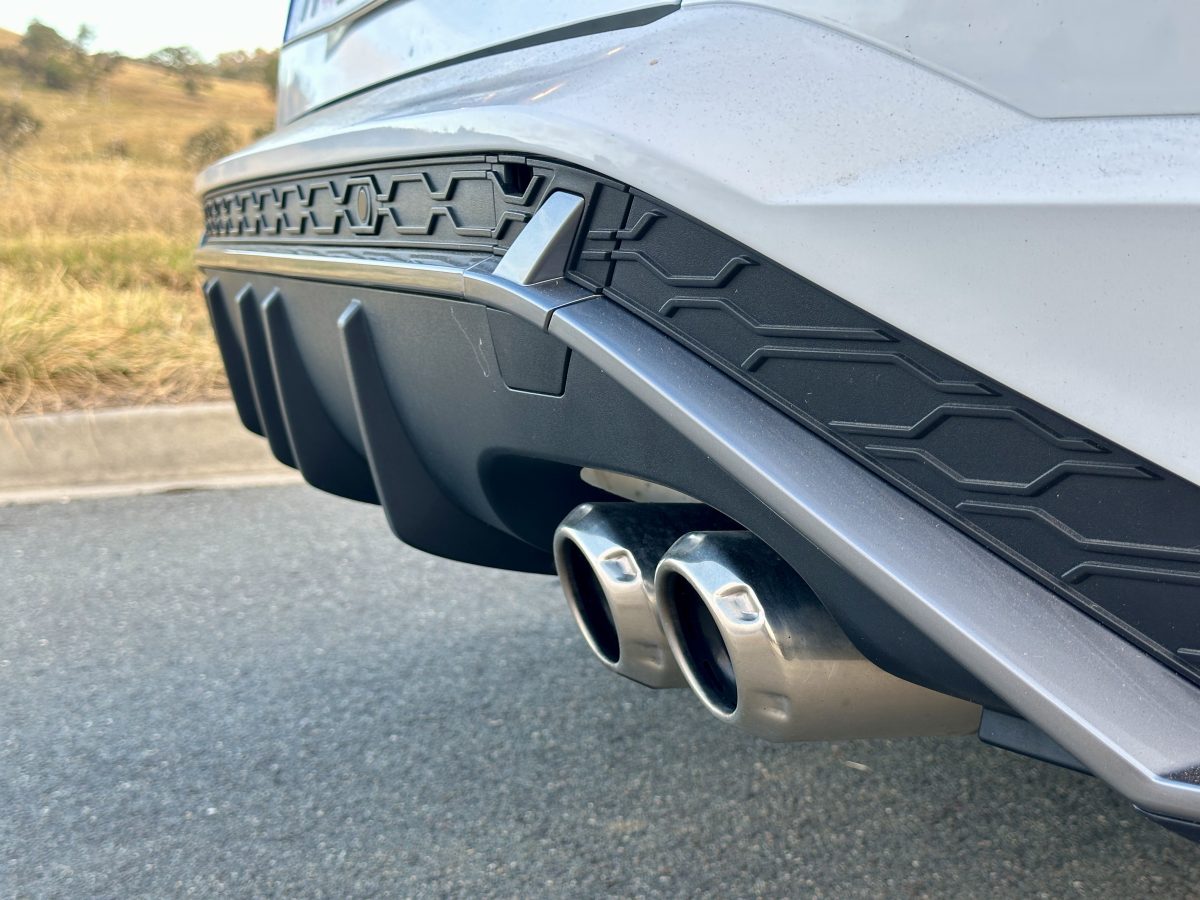
The Electric Vehicle Council hopes new vehicle efficiency standards will improve EV sales. Photo: James Coleman.
The EVC expects the Federal Government’s ‘New Vehicle Efficiency Standards’ (NVES), which come into effect from January 2025, will drive down prices for new and second-hand EVs while more public chargers, continued Fringe Benefits Tax (FBT) exemption and “many other government incentives” will continue to win buyers.
“More than 50,000 fully electric vehicles have been sold in Australia so far this year – up by 16.5 per cent on the same period in 2023,” Ms Johnson said.
“This is coupled with a declining share of petrol vehicles.”
A poll that’s been running on Canberra’s Riotact site for nearly two months shows 53 per cent of more than 2200 voters “will be” likely to buy an EV as their next car. Up to 38 per cent say “not at all”.
